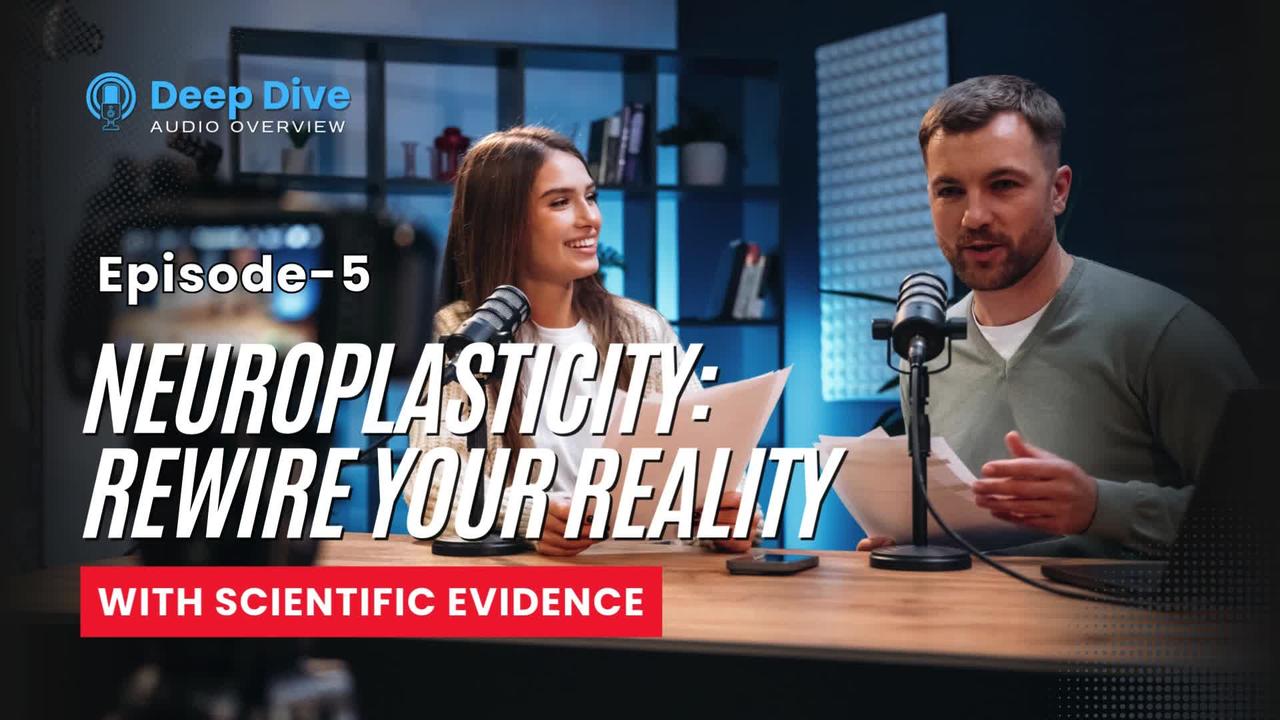For centuries, the adult brain was considered a fixed, unchangeable machine. But groundbreaking research over the last 50 years has revealed a stunning truth: our brains are constantly changing in response to our experiences, thoughts, and actions. This remarkable ability is called neuroplasticity.
Think of the pathways in your brain like trails in a forest. The more a trail is used, the wider and more defined it becomes, making it easier to travel down next time. Your thoughts work in the same way. Every time you have a thought or perform an action, you strengthen the neural pathway associated with it. Neuroplasticity is the science of how we can consciously choose which paths to strengthen, effectively rewiring our own minds.
The Blueprint: "Fire Together, Wire Together"
The foundational concept for neuroplasticity was proposed in 1949 by psychologist Donald Hebb. He theorized that when two brain cells are active at the same time, the connection between them gets stronger. This simple but powerful idea is often summarized as: "Neurons that fire together, wire together."
This wasn't just a theory; it was the blueprint for understanding how learning, memory, and habits are physically formed in the brain's structure.
From Theory to Fact: The Brain in Action
The scientific proof for neuroplasticity became undeniable through the pioneering experiments of researchers like Dr. Michael Merzenich. In a series of famous studies, scientists demonstrated that the brain's internal "maps" are not static.
For example, when a part of an animal's body was no longer in use, the area of the brain once dedicated to it didn't go silent. Instead, it was taken over by neighboring regions, physically reorganizing itself to adapt to its new reality. These experiments proved that the brain is a dynamic, living system that constantly remodels its own hardware.
Reverse Engineering Your Brain's Software
This is where the science of neuroplasticity connects directly to the practice of Reverse Engineering. The principles of neuroplasticity provide the physical mechanism for why repeating specific phrases and holding a focused mindset creates tangible change.
When you deliberately and consistently repeat the phrases:
- I am happy
- I am healthy
- I am wise
- I am wealthy
You are intentionally causing the specific clusters of neurons associated with these states to fire together, again and again. Per Hebb's Law, this repeated firing forges and strengthens these pathways, making them the brain's new default.
Your feelings often follow the most-traveled neural paths. By consciously building positive pathways, you are no longer a victim of old, automatic thought patterns. Instead, you are actively laying the tracks for a new reality, from the inside out. Your daily practice is, quite literally, an act of directed neuroplasticity.
References:
- Hebb, D. O. (1949). The Organization of Behavior: A Neuropsychological Theory. Wiley & Sons. This book laid the theoretical foundation for synaptic plasticity.
- Merzenich, M. M., et al. (1984). Somatosensory cortical map changes following digit amputation in adult monkeys. Journal of Neuroscience, 4(5), 1158–1167. A foundational study demonstrating cortical remapping.
- Kleim, J. A., & Jones, T. A. (2008). Principles of experience-dependent neural plasticity: implications for rehabilitation after brain damage. Journal of Speech, Language, and Hearing Research, 51(1), S225–S239. A highly-cited review outlining the core principles of neuroplasticity.

